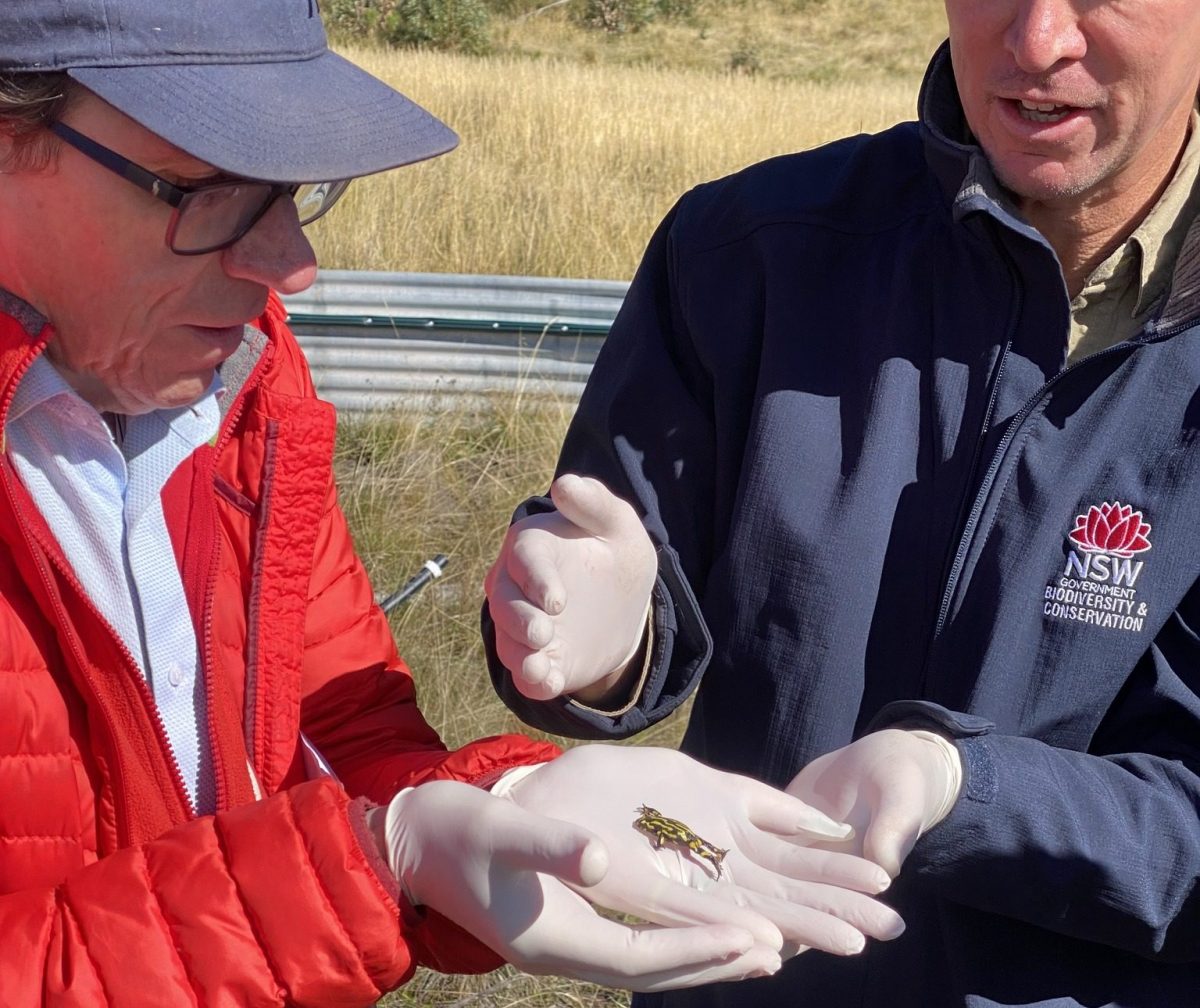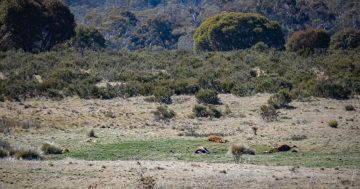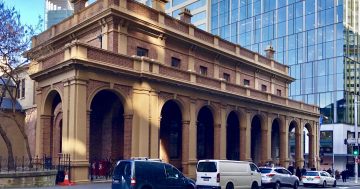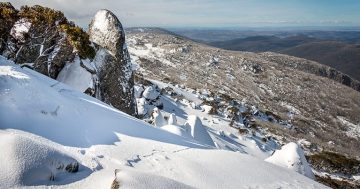
Dr Joe McGirr wants the Kosciuszko Wild Horse Heritage Act 2018, to be scrapped. Photo: Invasive Species Council.
Wagga MP Dr Joe McGirr has reiterated his call for escalated culling of wild horses in the NSW Alpine National Park after touring the area last week.
Dr McGirr joined the newly installed Minister for Environment and Heritage, Penny Sharpe, for a trip through the Kosciuszko National Park and spent time speaking with rangers and conservation teams.
“The preservation of the Kosciuszko National Park is an issue that I have raised on a number of occasions, and I know the Minister has similar concerns,” he said in a Facebook post this week urging community members to have input into a Senate enquiry.
“We cannot allow this sacred parkland to become a horse paddock. It should be enjoyed for all and last into the future rather than be lost forever.”

Dr Joe McGirr meets a corroboree frog on a recent tour of the Alpine National Parks. Photo: Supplied.
While it’s an emotive issue for many, brumby numbers have escalated at an alarming rate.
A NSW Government survey estimated that wild horse numbers had risen from around 14,000 in 2020 to more than 18,000 at the end of last year.
Culling effectively stopped two decades ago following the controversial Guy Fawkes River National Park feral horse cull that became global news.
In October 2000, professional shooters culled 606 feral horses from the park that was struggling to recover from ongoing drought and bushfires.
The discovery of a dying horse the week after the cull triggered a public outcry and a wave of reports and investigations that ultimately put an end to aerial culling despite recommendations to the contrary.
Reflecting on the following two decades, Invasive Species Council CEO Andrew Cox described growing horse numbers as an “environmental crisis”, likening some regions to “an equine Jurassic Park” with herds of feral horses visible in all directions.
“After the 2000 cull Guy Fawkes River National Park had less than 100 horses and yet despite a trap and removal program it is now home to about 1800 horses and rising,” he said in 2020.
“In some circumstances, ground and aerial shooting is the only feasible and humane tool to curb the exponential growth in feral horse numbers and save and hopefully help restore what remains of what were unique environments and refuges for diminishing native animals and plants.”

The number of feral horses is booming. Photo: Invasive Species Council.
In 2018, the Berejiklian government passed the controversial Kosciuszko Wild Horse Heritage Act 2018, known as the Brumby Bill, which sought to recognise the cultural heritage of wild horses in some areas and prohibited culling in certain parks.
It pointed to the brumby’s links to European settlement and to the Anzac legacy among the reasons to protect the hard-footed herbivores.
In 2021, a panel of scientists and community groups agreed that the ongoing management approach of trapping and relocating animals could not meet objectives to reduce numbers to zero in designated parts of the park.
The resumption of culling was recommended by the Kosciuszko National Park Wild Horses Heritage Management Plan in 2021 and upheld in a 2022 evaluation of the report.
But in February this year, the Perrottet government ruled out aerial shooting of brumbies despite continued calls for drastic action from scientific and environmentalist groups.
Dr McGirr has called for the 2018 Brumby Bill to be abolished and is encouraging submission to the federal Senate inquiry into the impacts and management of feral horses in the Australian Alps.
“By providing information to the inquiry you are helping inform what action should be taken to manage the brumby population,” he said.
“It is really of vital importance that we reduce brumby numbers to a sustainable population rather than the exploding population that the park is subject to today.”
The closing date for submissions was extended from 11 April to this Friday (28 April).
You can upload your submissions here.
Original Article published by Chris Roe on Region Riverina.
















